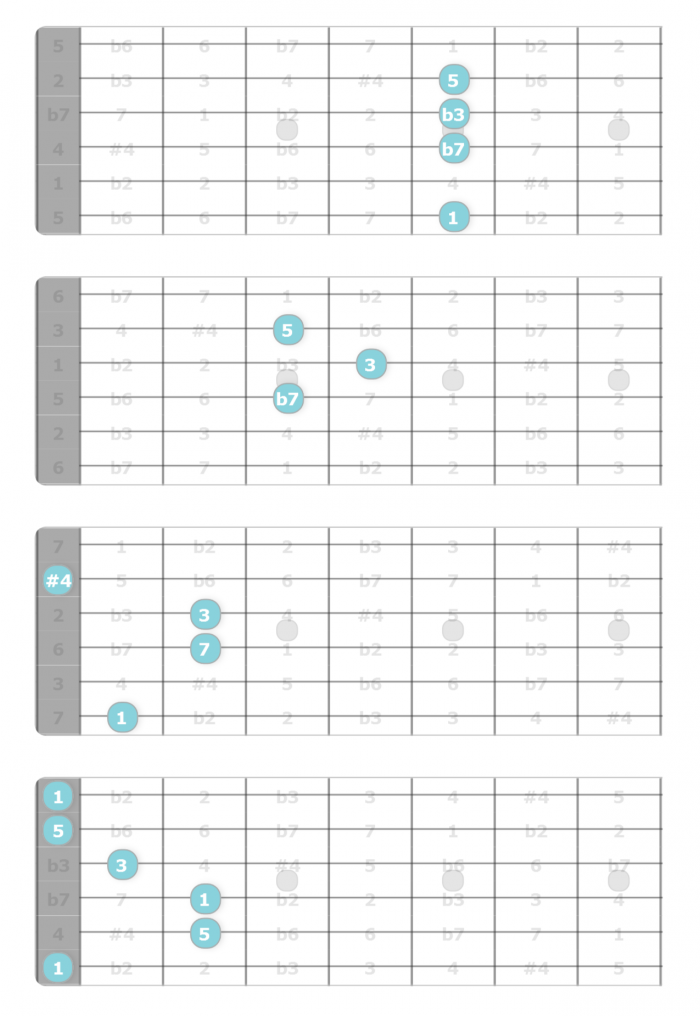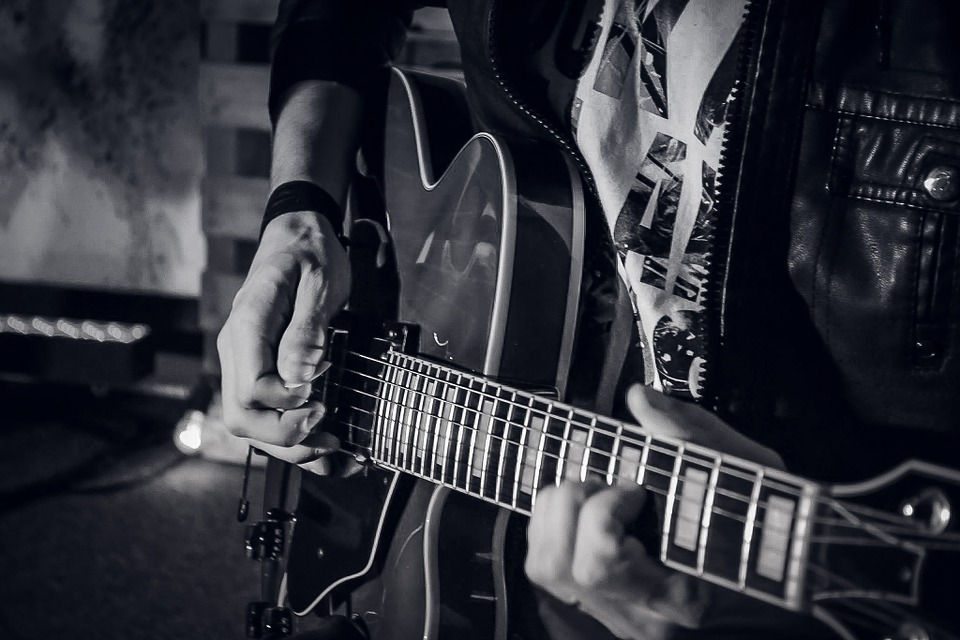If you’ve been playing or studying modes for a while now, you might have overlooked the Phrygian mode in favor of the more usable minor modes such as Dorian and Aeolian. The Phrygian mode was always a mystery to me until I went to music college and none other than Guthrie Govan shed some light on it.
You’ll probably be familiar with the guitar teacher modes overview explanation where they run through the various sounds of each mode commenting as to what mood they think they evoke; this being the point where the Phrygian mode is dubbed as ‘Spanish sounding’. I’d heard this a number of times from various teachers, and in isolation over a drone, it does sound kind of Spanish, but nothing that would transport you to a smoke-filled bar in Andalucia (before smoking was banned in bars).
Try it out for yourself using this pattern and your bottom E string as a drone.

That b2 is what gives it sort of a Spanish sound but we need more.
Anyway, back to Guthrie; in this particular class he was doing the sound of each mode demonstration thing, but Guthrie style with a lot of dry humor. Now, this was in the early 2000s and Guthrie always had one of those Boomerang Loopers at a time when people weren’t really using loopers as much as they do now.
When he came to the Phrygian mode, he remarked that it had two distinct sounds. First of all, he loaded up the looper with a diatonic chord progression that was slightly jazzy. He was demonstrating all the modes in the key of C so it would have been something like Em7, G9, Fmaj9#11, and a few others, ending on the Em7. For the sake of simplicity, let’s say he played (he obviously didn’t):
Am7 | G7 | Fmaj7 | Em7
He then said that if you make the Em7 a major chord, you get the other Phrygian sound, which he proceeded to demonstrate by loading up the looper with a similar progression, but this time it had an E major chord instead of an E minor chord, and his ensuing Phrygian mode solo sounded very Spanish indeed. So, our budget Guthrie Govan chord progression would now be something like:
Am7 | G7 | Fmaj7#11 | E or E7
Needless to say, this went straight over everyone’s heads, but here are some chord shapes you could use.

The first chord is an Am7, then for the second chord you can play that G7 chord stab but keep the A drone going. The Fmaj7#11 adds in a little more tension before you resolve it with a thundering E major or E7 chord.
What just happened?
Basically, we took the diatonic chords (chords belonging to the key) from C major, which are C, Dm, Em, F, G, Am, B°. and changed the Em to an E major. And there you have it, the Spanish version of the Phrygian mode.



